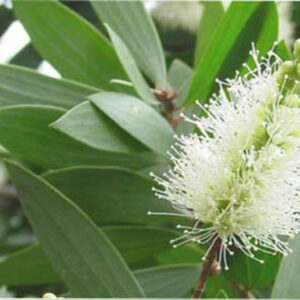Description
Hing oil, also known as asafoetida oil, is derived from the resin of the Ferula species, particularly Ferula assa-foetida. It has a strong, pungent, and distinctive aroma reminiscent of onions or garlic. Hing oil is primarily used as a culinary ingredient, especially in Indian and Middle Eastern cuisines, where it adds a unique flavor and aroma to dishes.
It is also used in traditional medicine for its potential digestive and anti-inflammatory properties. Hing oil should be used sparingly due to its strong flavor and fragrance.
Medicinal use: The oil, derived from the resin of the asafoetida plant, has been used for centuries in traditional medicine. It is valued for its digestive and anti-flatulent properties, effectively alleviating digestive discomfort, bloating, and colic. Hing oil also exhibits anti-inflammatory and antimicrobial qualities, aiding in the treatment of respiratory issues and promoting overall well-being. Additionally, it’s employed topically for pain relief and skincare in certain Ayurvedic remedies.
Cosmetic use: Rich in antioxidants and anti-inflammatory compounds, it helps reduce skin inflammation, soothe irritation, and combat acne. Additionally, its antimicrobial qualities make it a valuable ingredient in skincare products, targeting blemishes and promoting clear, healthy skin. The oil’s natural fragrance is sometimes used in perfumes and scented products.
Aromatherapy Application: The oil plays a limited role in aromatherapy due to its strong and pungent odor. While not a common choice for diffusers or massage oils, it is occasionally used in Ayurvedic practices for its purported grounding and calming effects. However, its potent aroma makes it less popular in mainstream aromatherapy compared to other essential oils with milder scents.
Interesting fact – Hing oil’s strong odor not only deters insects but also served as a historical alternative to garlic in ancient Roman cuisine.






